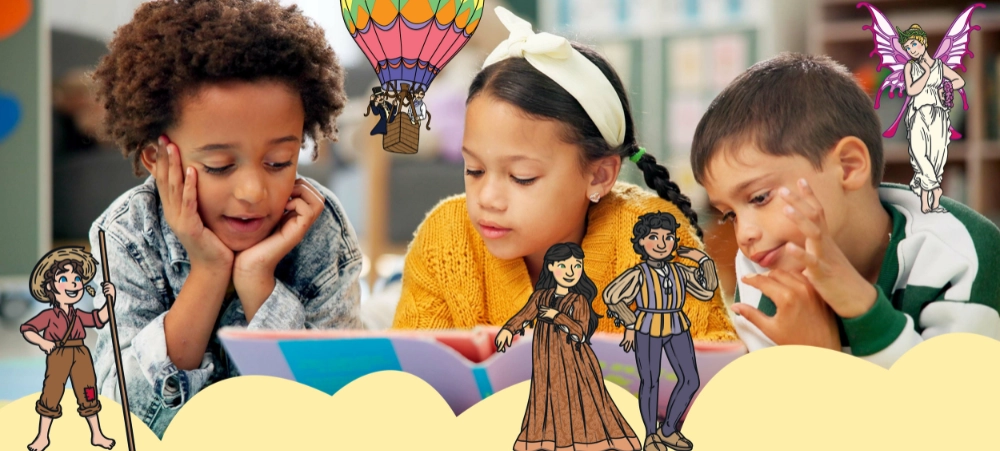The Primary Goal of Primary School
Jimmy sat on the edge of the playground. He looked at the other children playing on the swings while eating his lunch alone.
Question 1: Where did Jimmy sit?
Answer: He sat on the edge of the playground.
Question 2: Why do you think Jimmy sat alone?
Answer: He sat alone.
Teachers read answers such as these all the time, too many times and realise that the harvest is big and the labourers few. Over the last few years, we have been bombarded with depressing statistics of the decreasing reading levels of school-going children and university students.
This leads one to ask the question why we are facing the situation despite an updated curriculum, teachers’ efforts and parents spending hours doing homework at home. Unfortunately, analysing the situation will not lead to a solution, but forces us to think of what should be done.
Simply put, children cannot read or can read and have no idea what they read. Reading with insight and reading “between the lines” have become a skill that only a handful of children can apply. We don’t have to dig deep to find the reason for this phenomenon but thank your “digital nannies” for keeping our children occupied.
Parents should not underestimate the value of good old-fashioned bedtime stories. However, simply reading bedtime stories is not enough. Children need to interact with stories and parents can use story time as an opportunity to develop comprehension skills.
At the beginning of a story, ask the following questions:
Look at the cover and tell me what you think the story is about.
What characters will be in the story?
While reading, it is important to ensure that the child follows the story, understands the words, and can make predictions about what could happen next.
Ask leading questions, such as:
What does this word mean?
What do you think the boy or girl felt like when that happened?
What would you have done if you were in his shoes?
Why do you think the character said that?
How can the character solve this problem?
Ask follow-up questions after your child has answered a question, such as:
What makes you think that?
What do you think would have happened if the wolf did not eat Grandma?
When you turn to the next page, you can ask:
What do you see in the picture?
What do you think will happen next?
Reading with understanding is not only beneficial for developing reading comprehension skills, but also helps a child in other subject areas. Parents often say that their children can do Mathematics, but just struggle with word problems, without realising that reading comprehension skills form the basis of solving word problems. Content-based subjects, such as Science, also rely on extracting important facts, making connections, and making inferences.
“Fluit-fluit, my storie is uit!”
Chrizelle Prinsloo is the owner of Kip McGrath Education Centres, Walmer. She has a background in psychology and has taught in mainstream and special-needs schools both locally and abroad. Chrizelle is passionate about helping children gain confidence in their own abilities and about finding different ways to help them learn.
- Exam Study Techniques - May 23, 2024
- Teaching Study Skills - May 10, 2024
- Myth: I Can’t Study For a Maths Exams - April 18, 2024






1 thought on “Developing Crucial COMPREHENSION Skills – Bedtime Story Edition”
Love this!